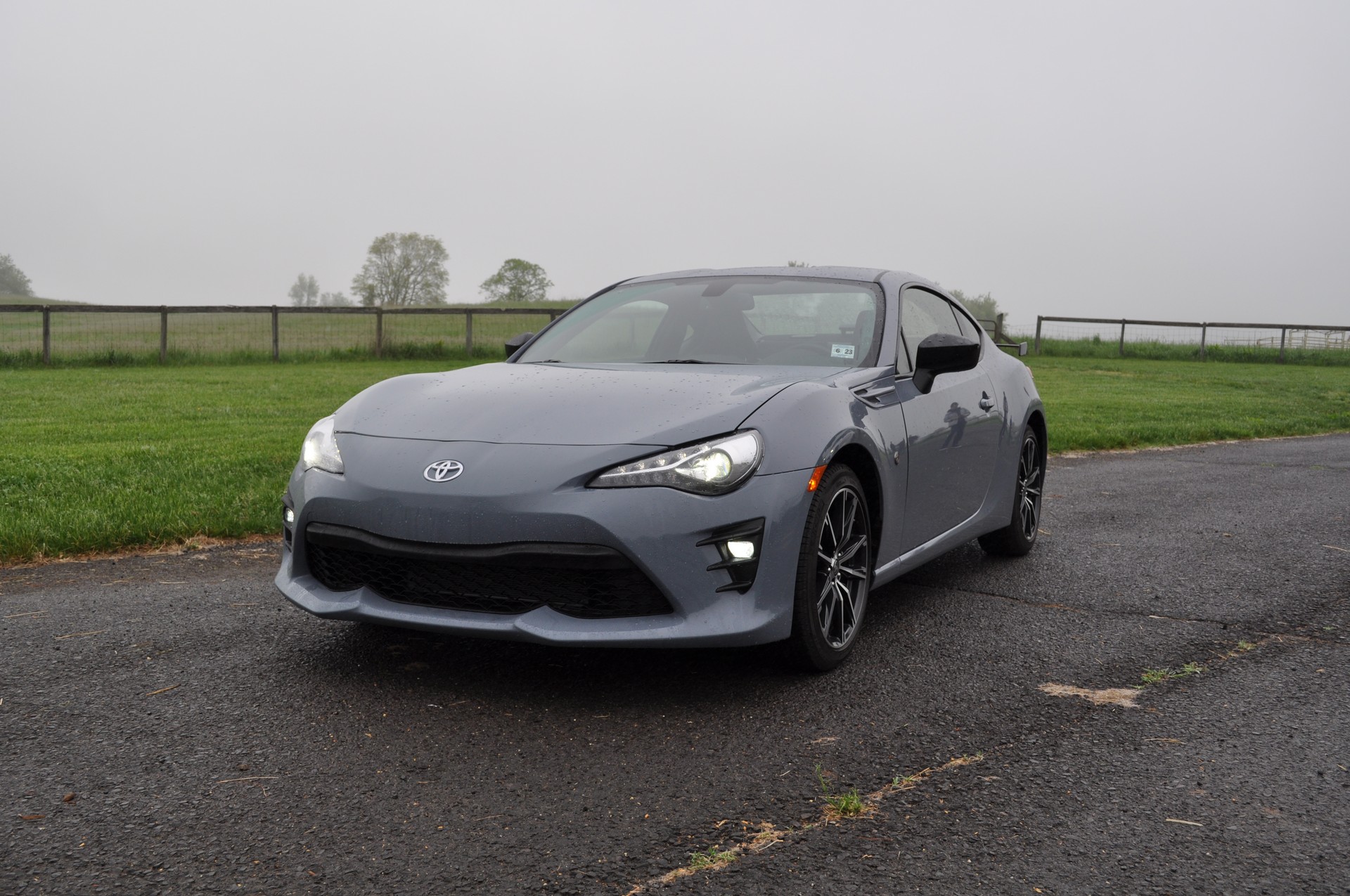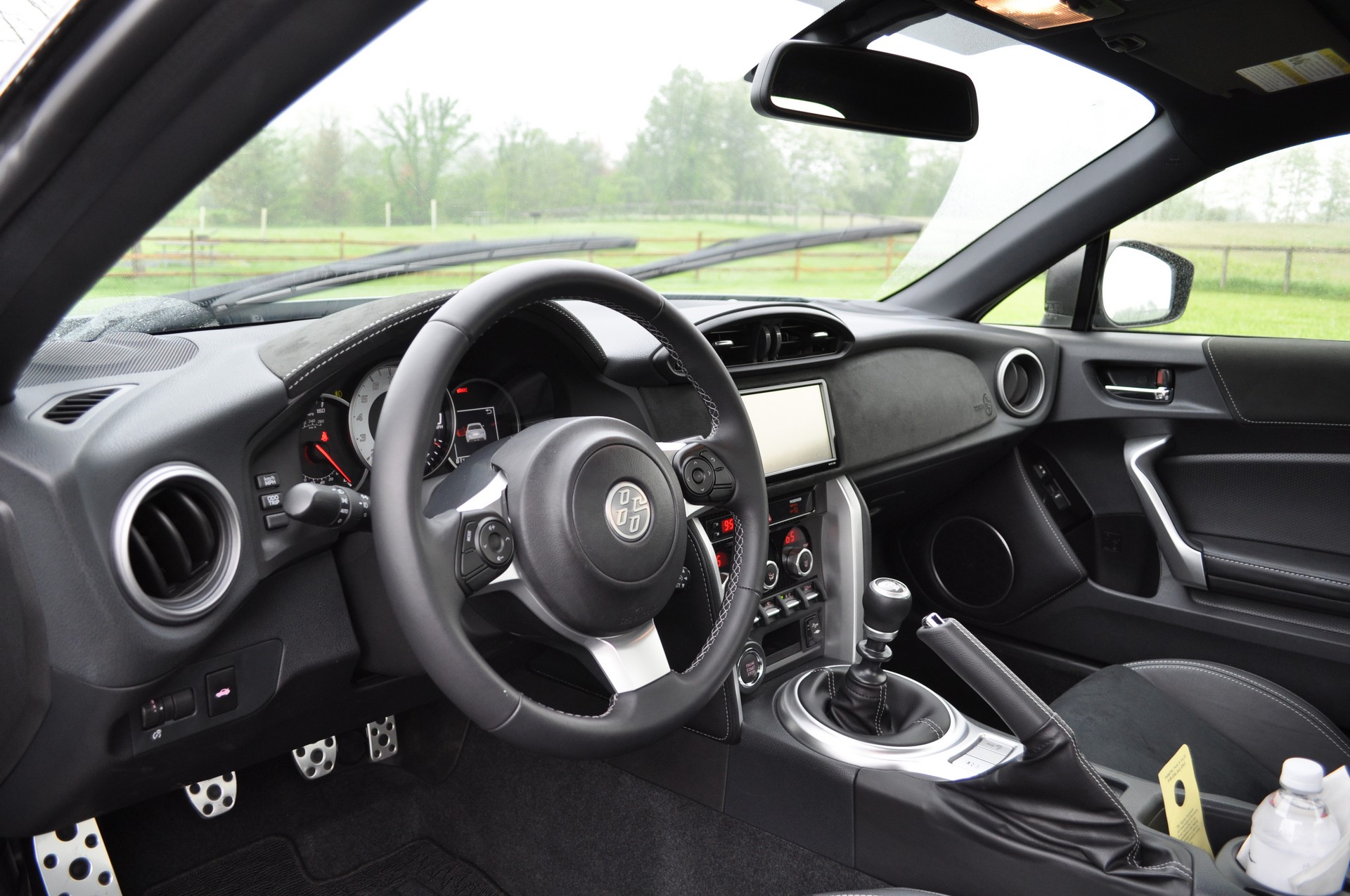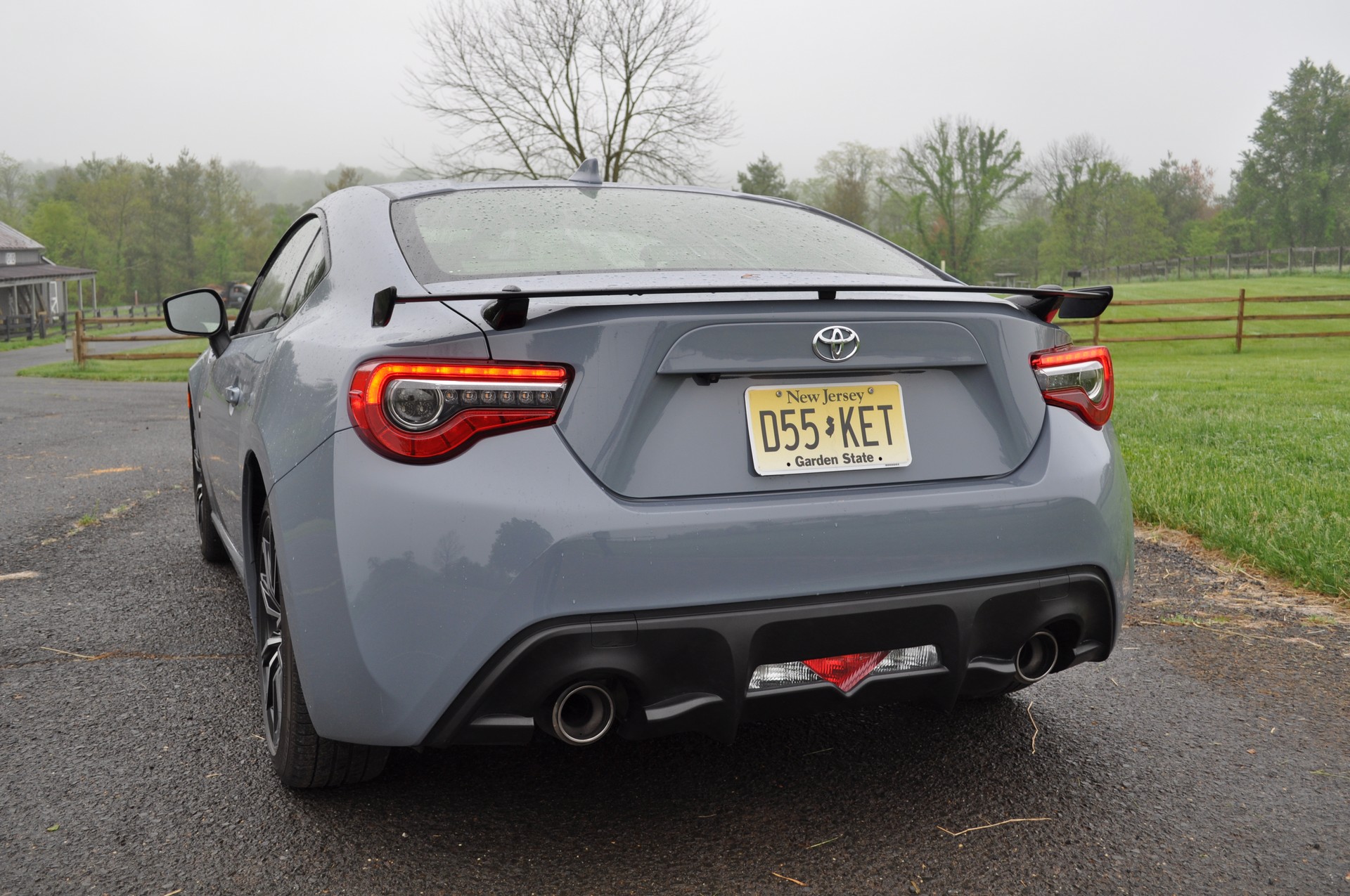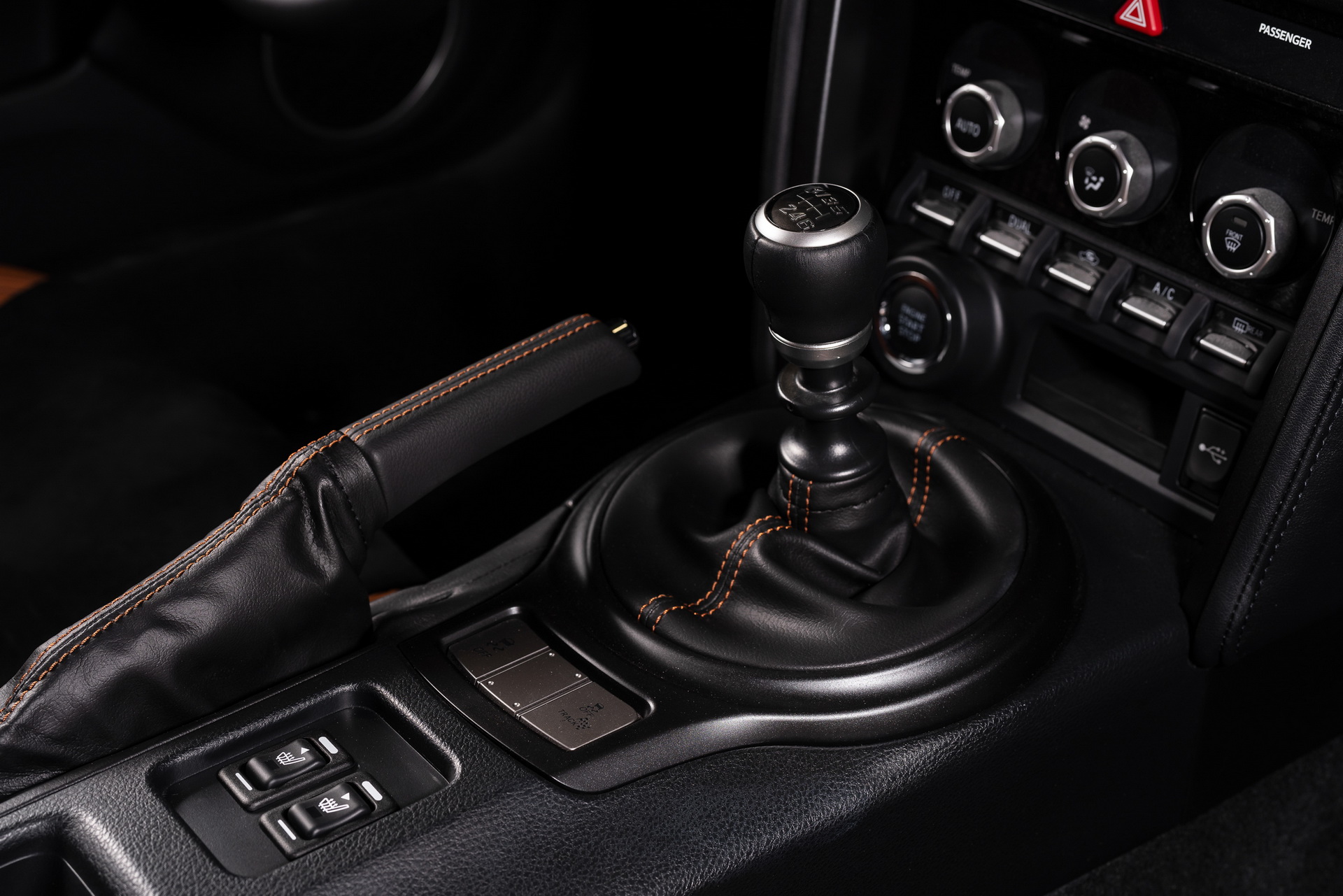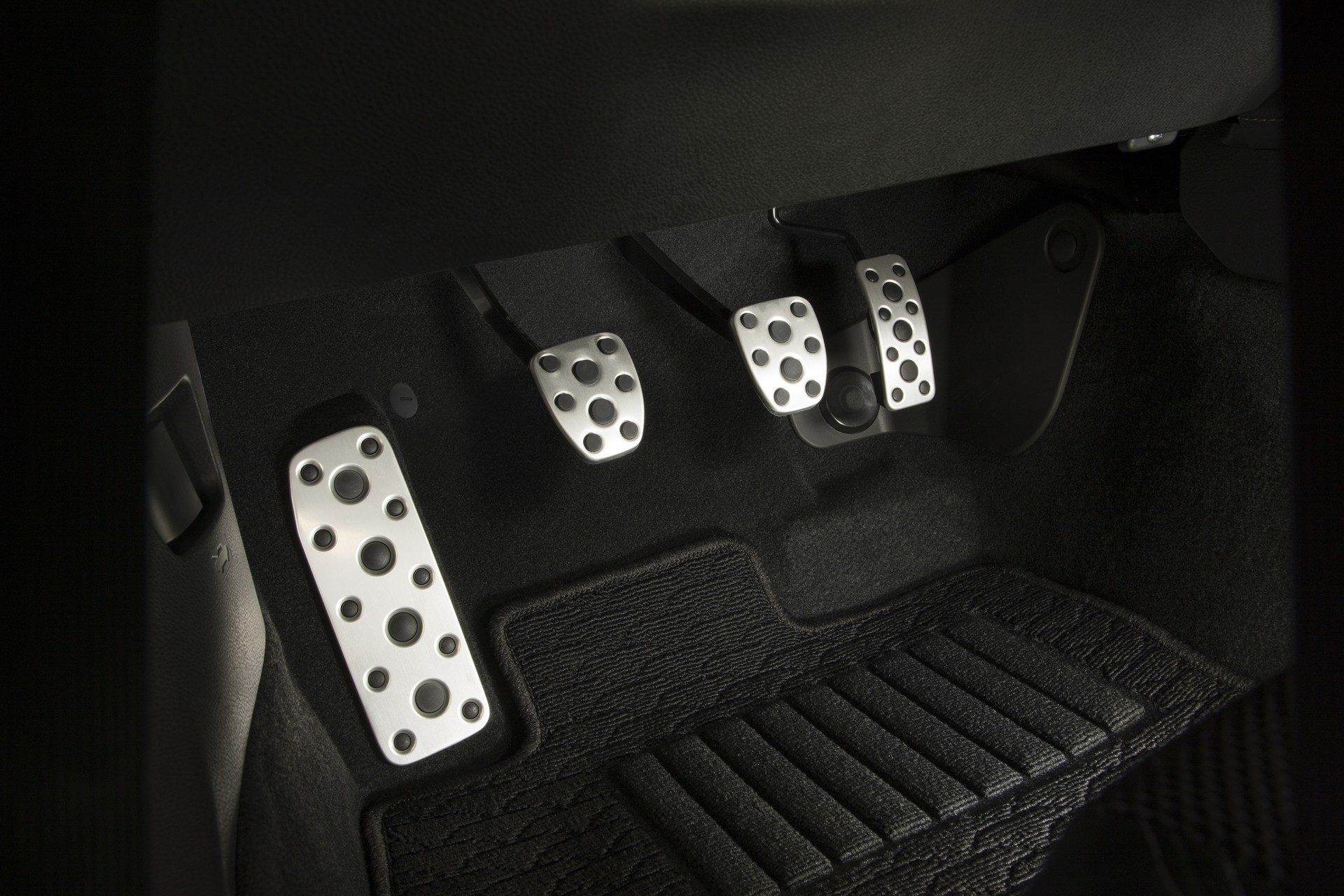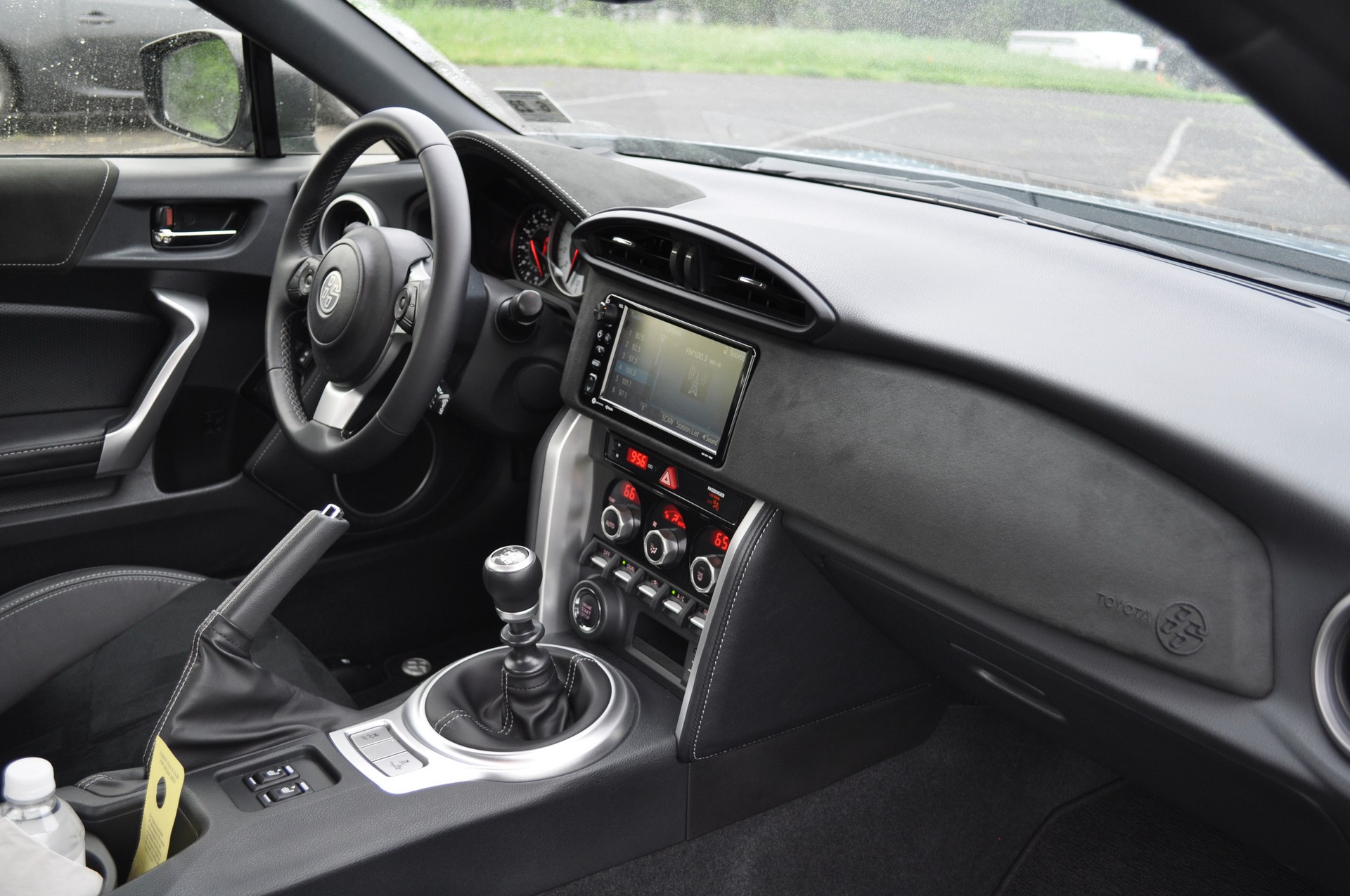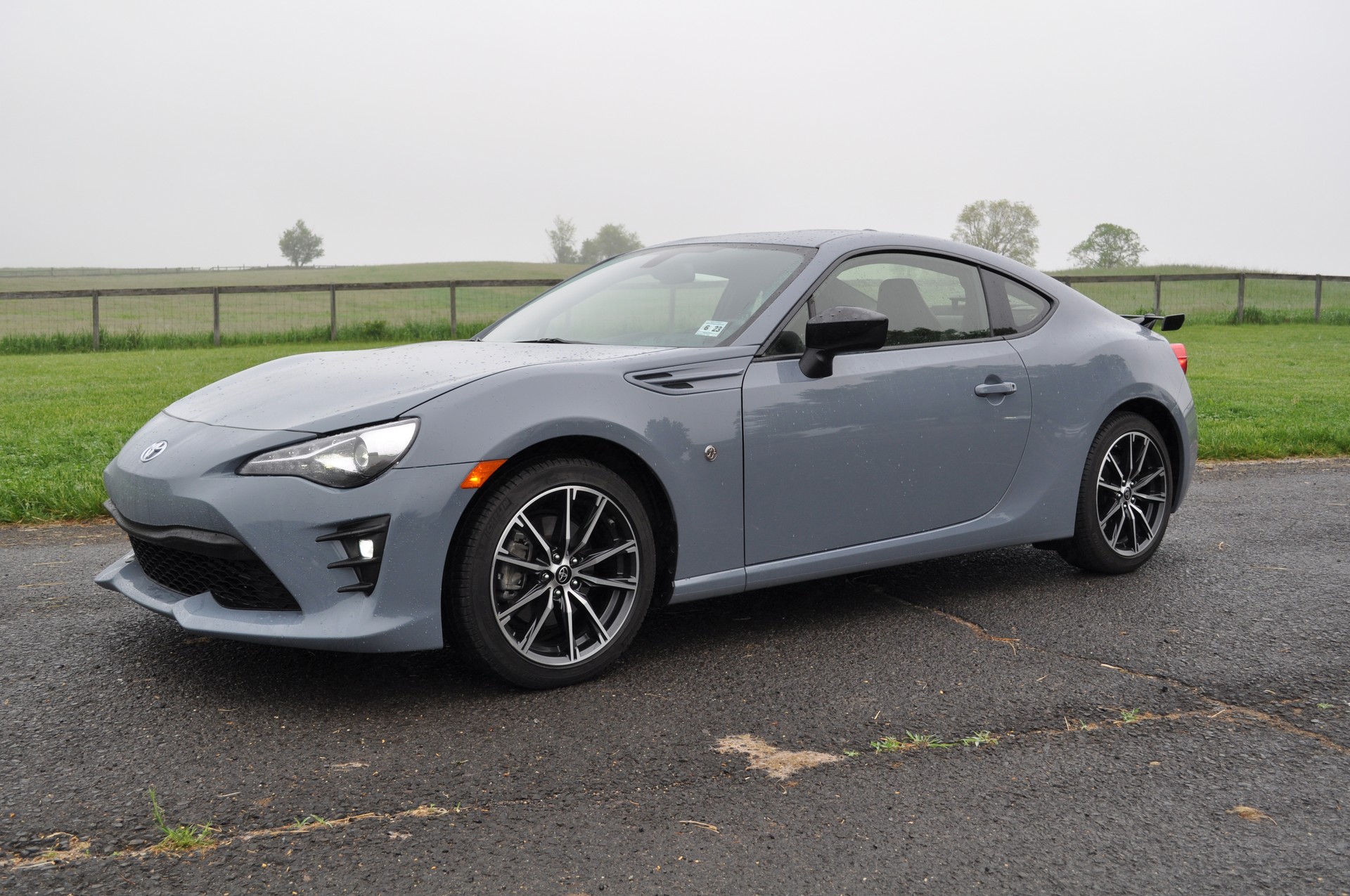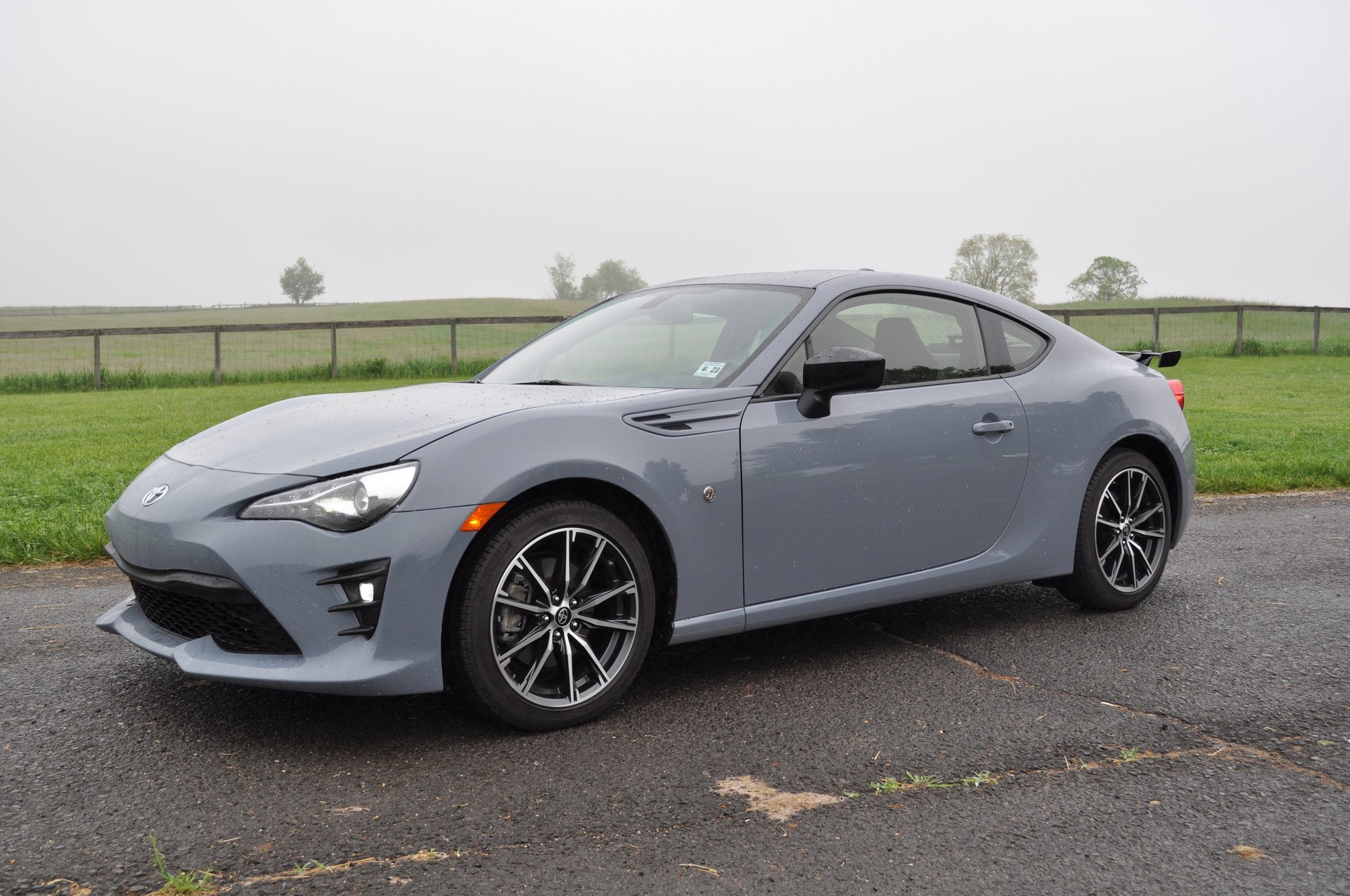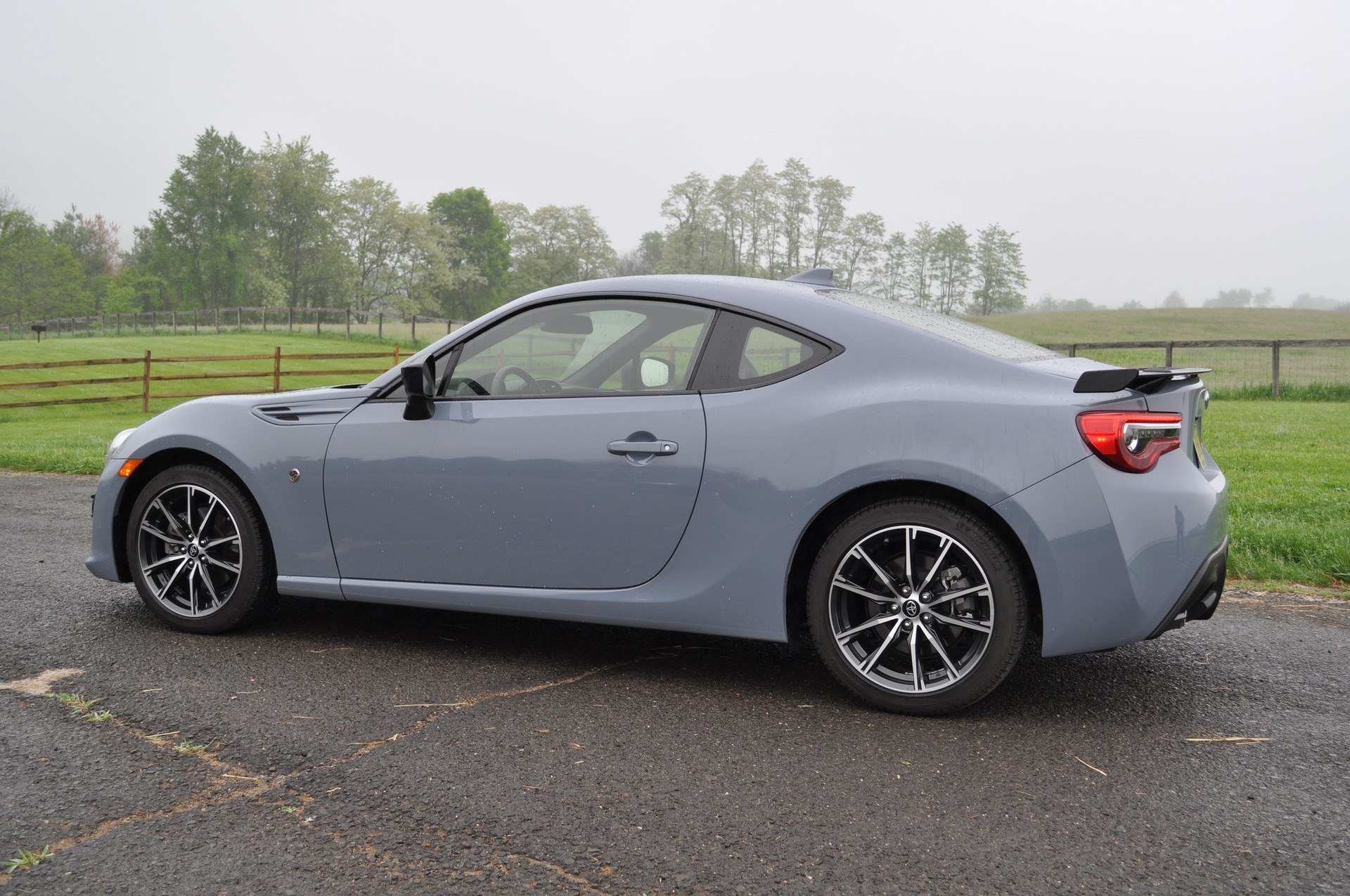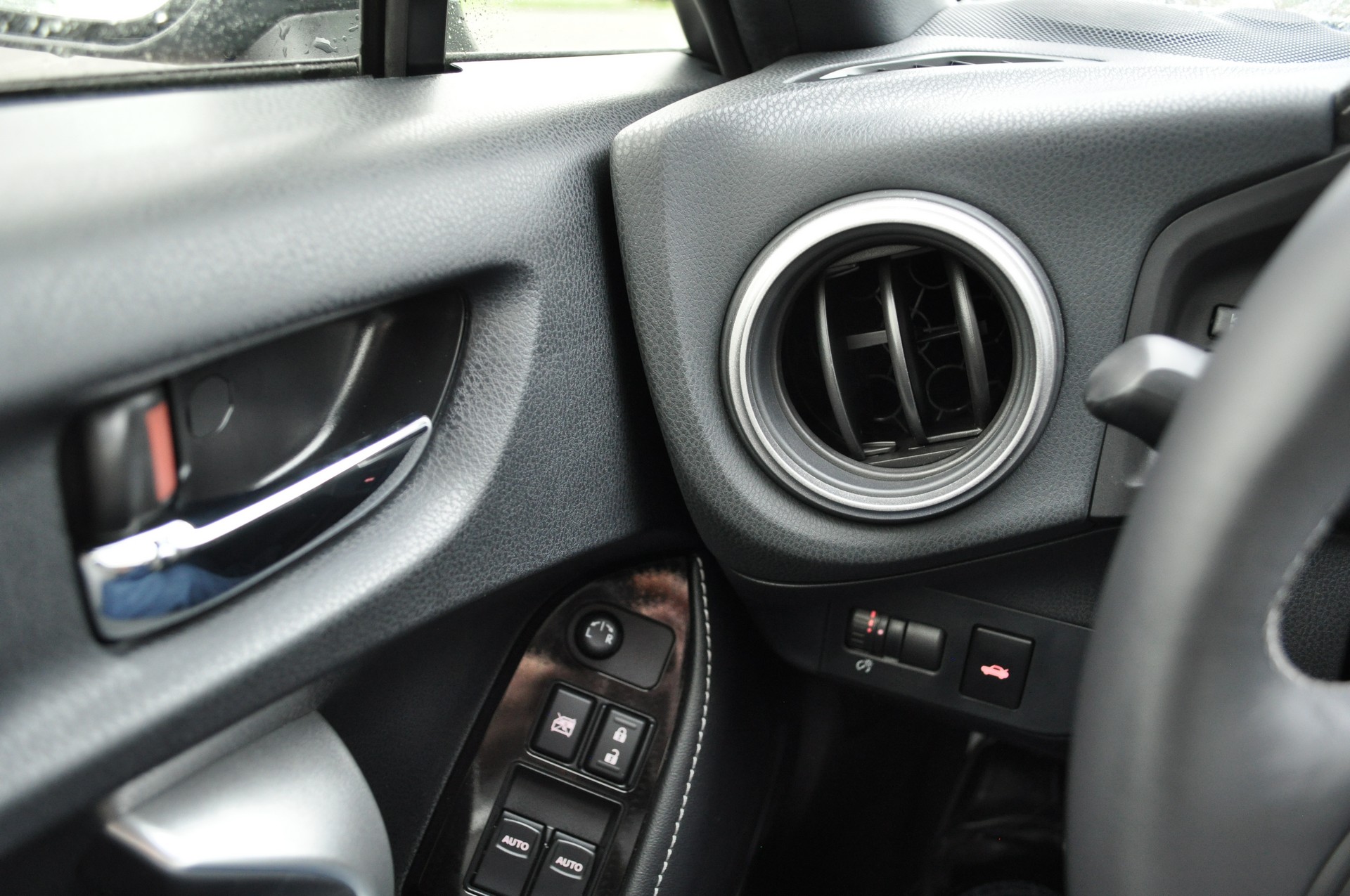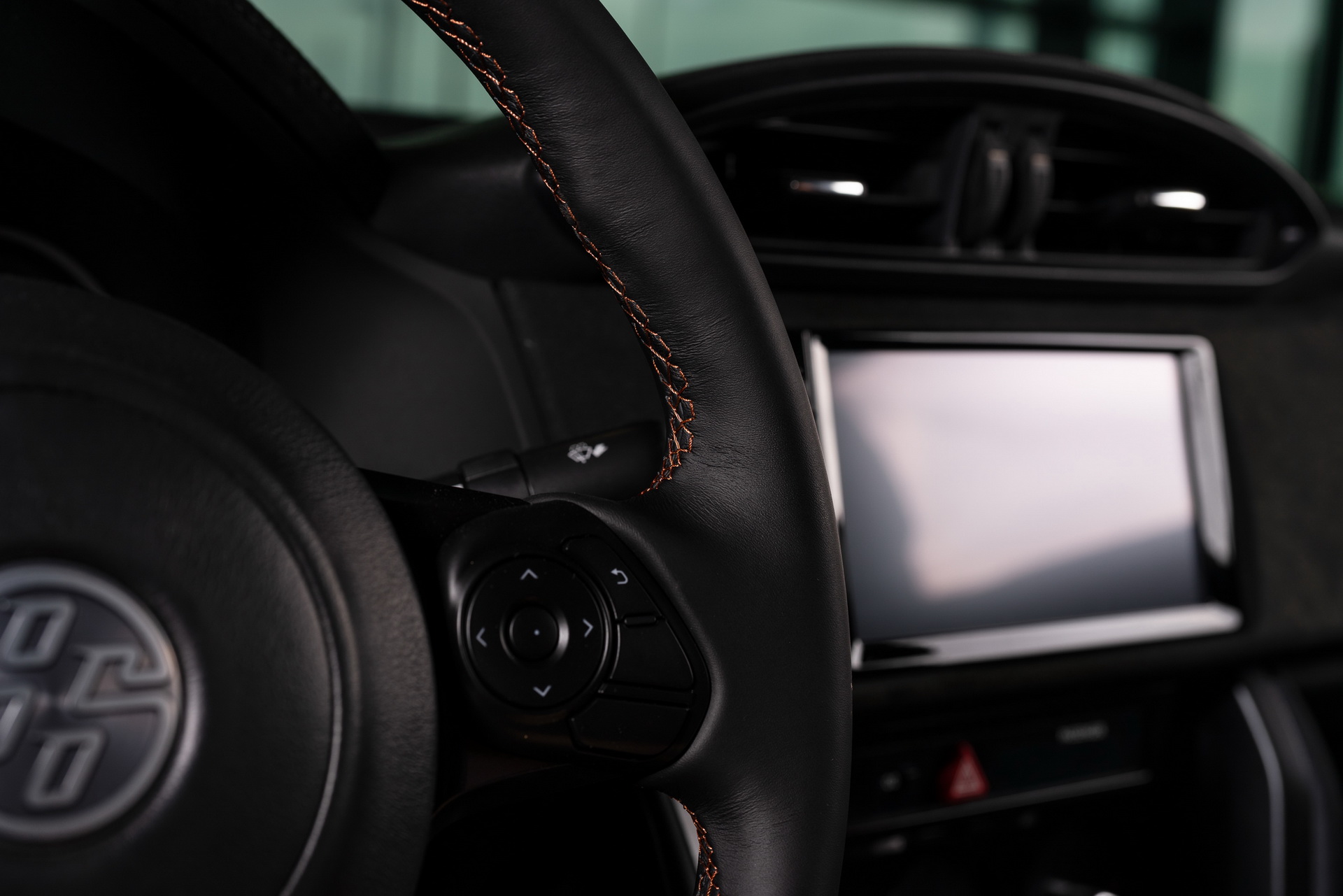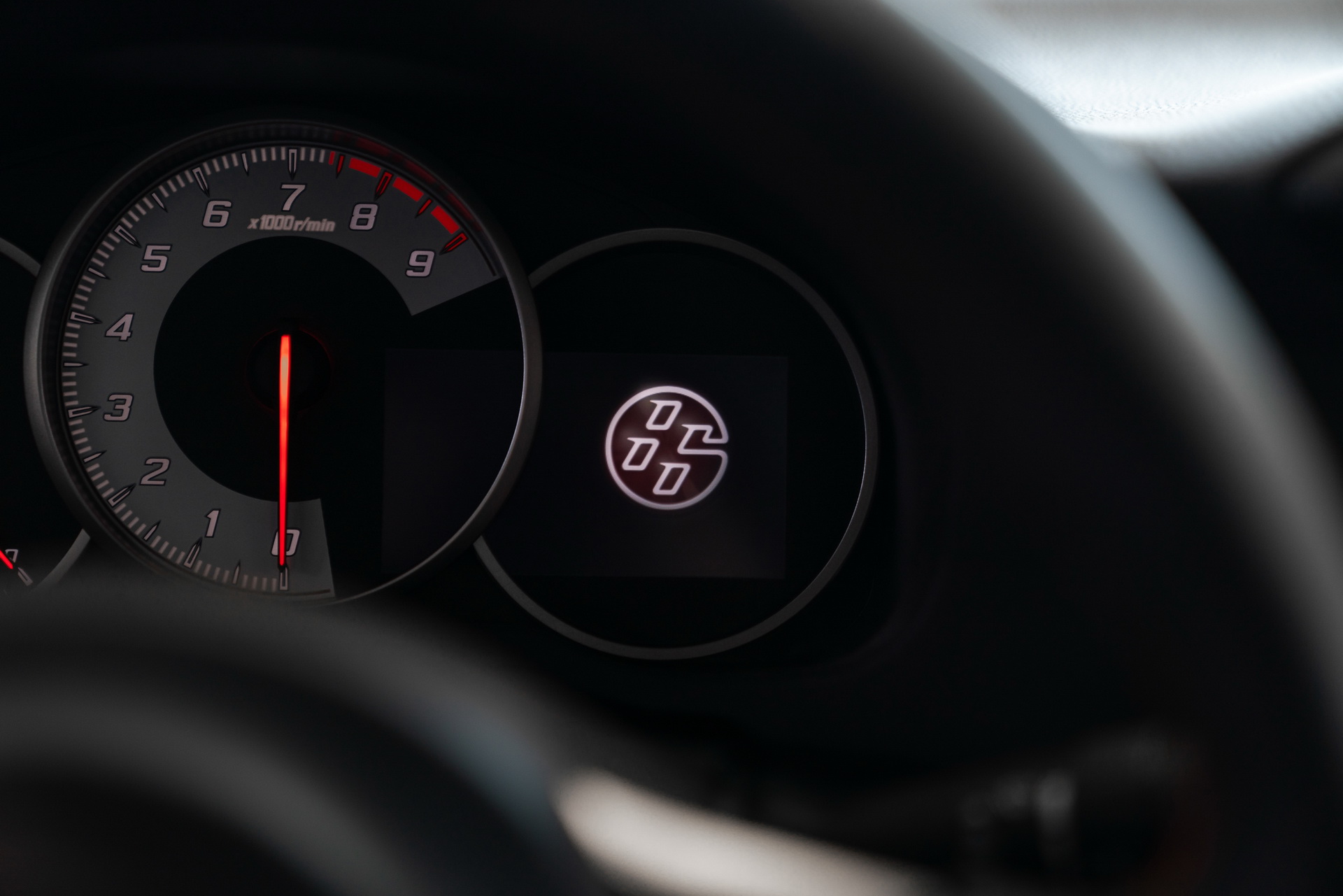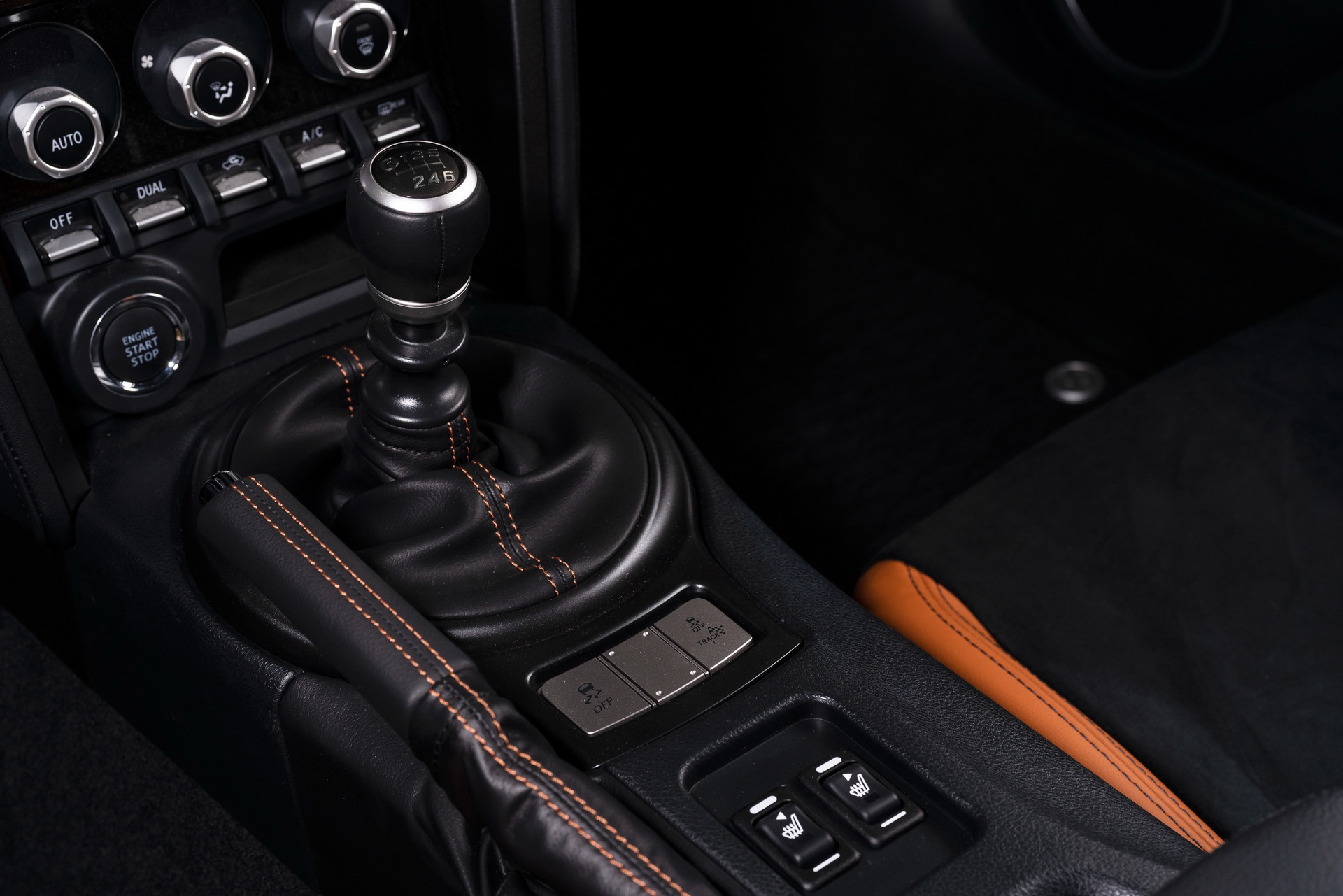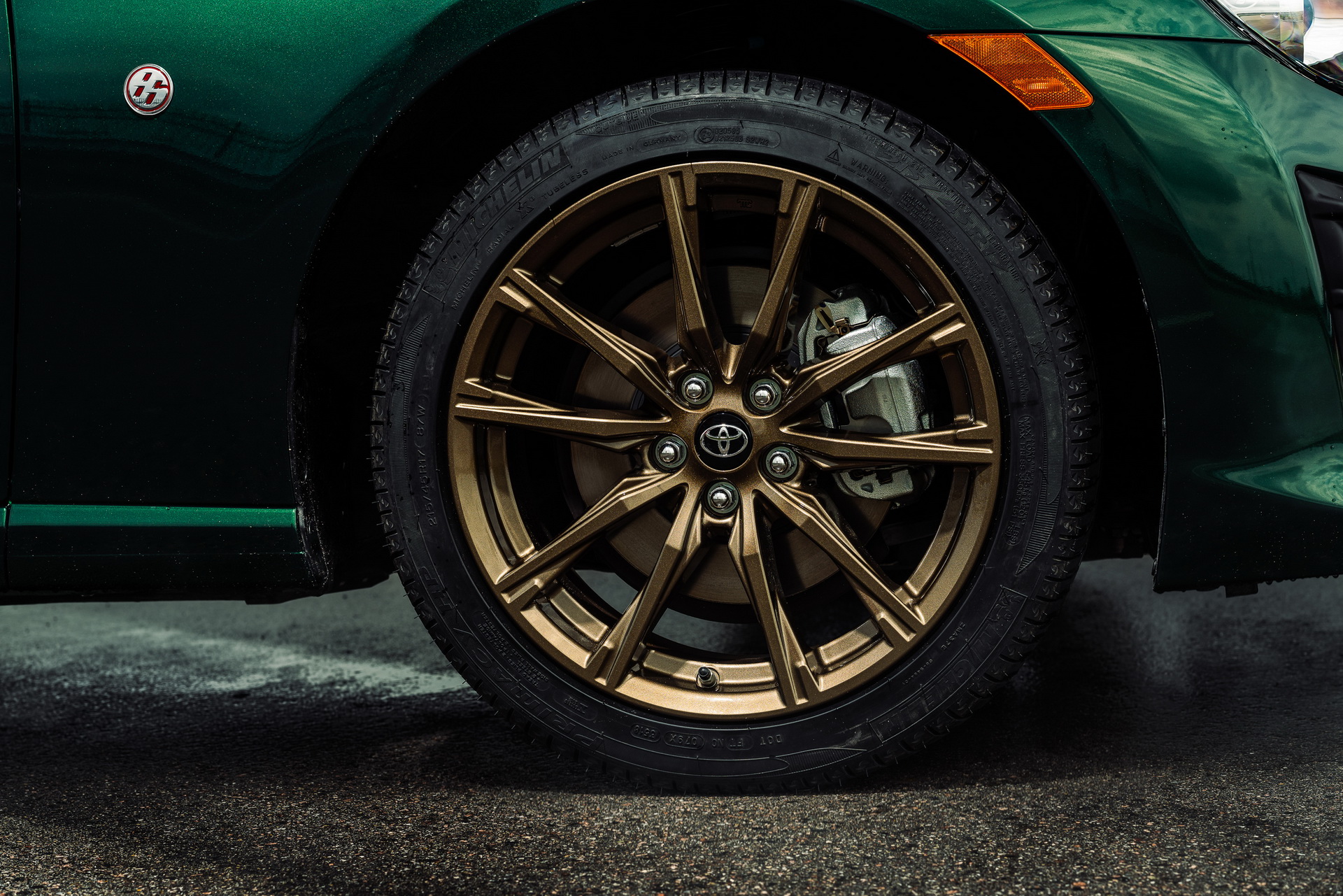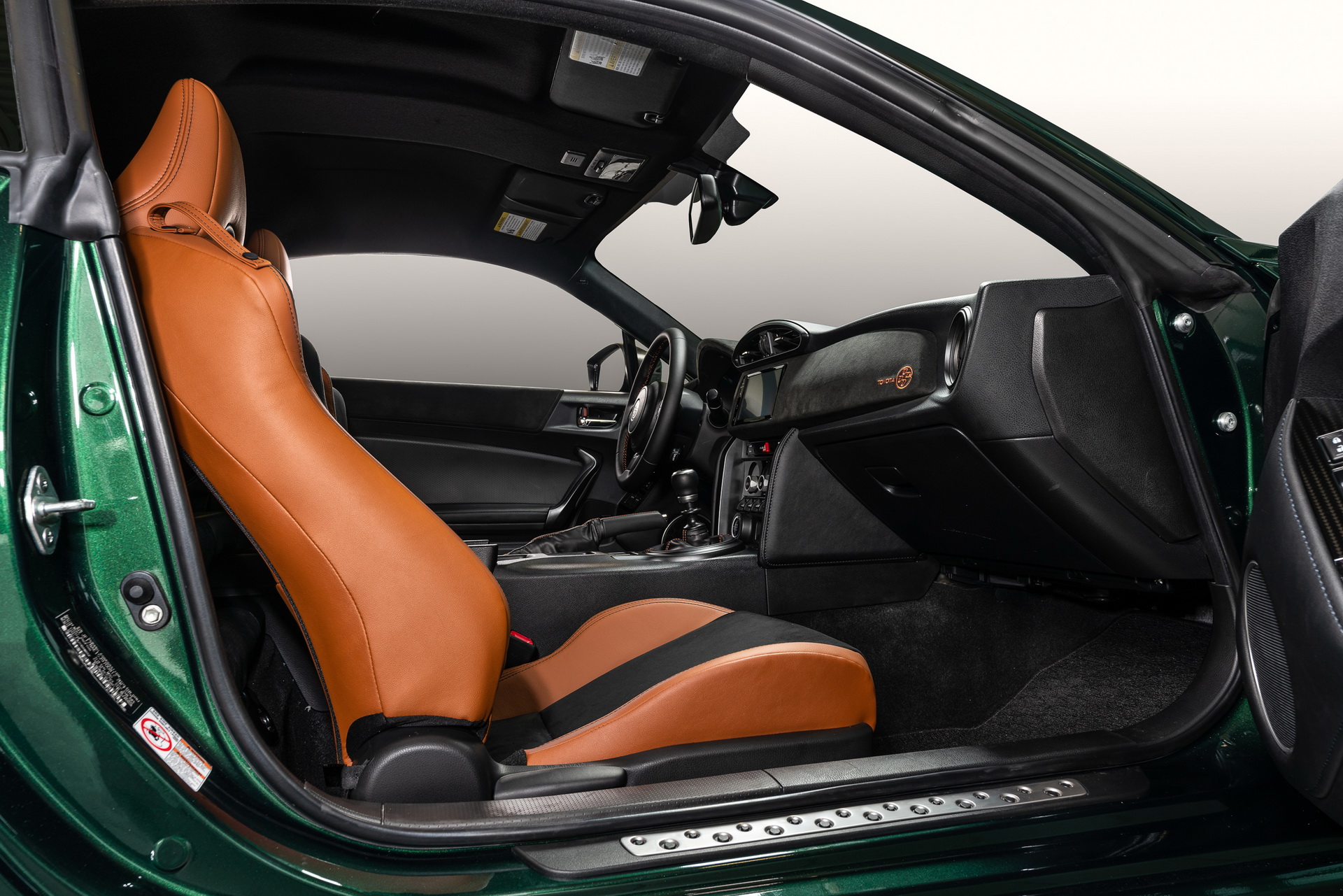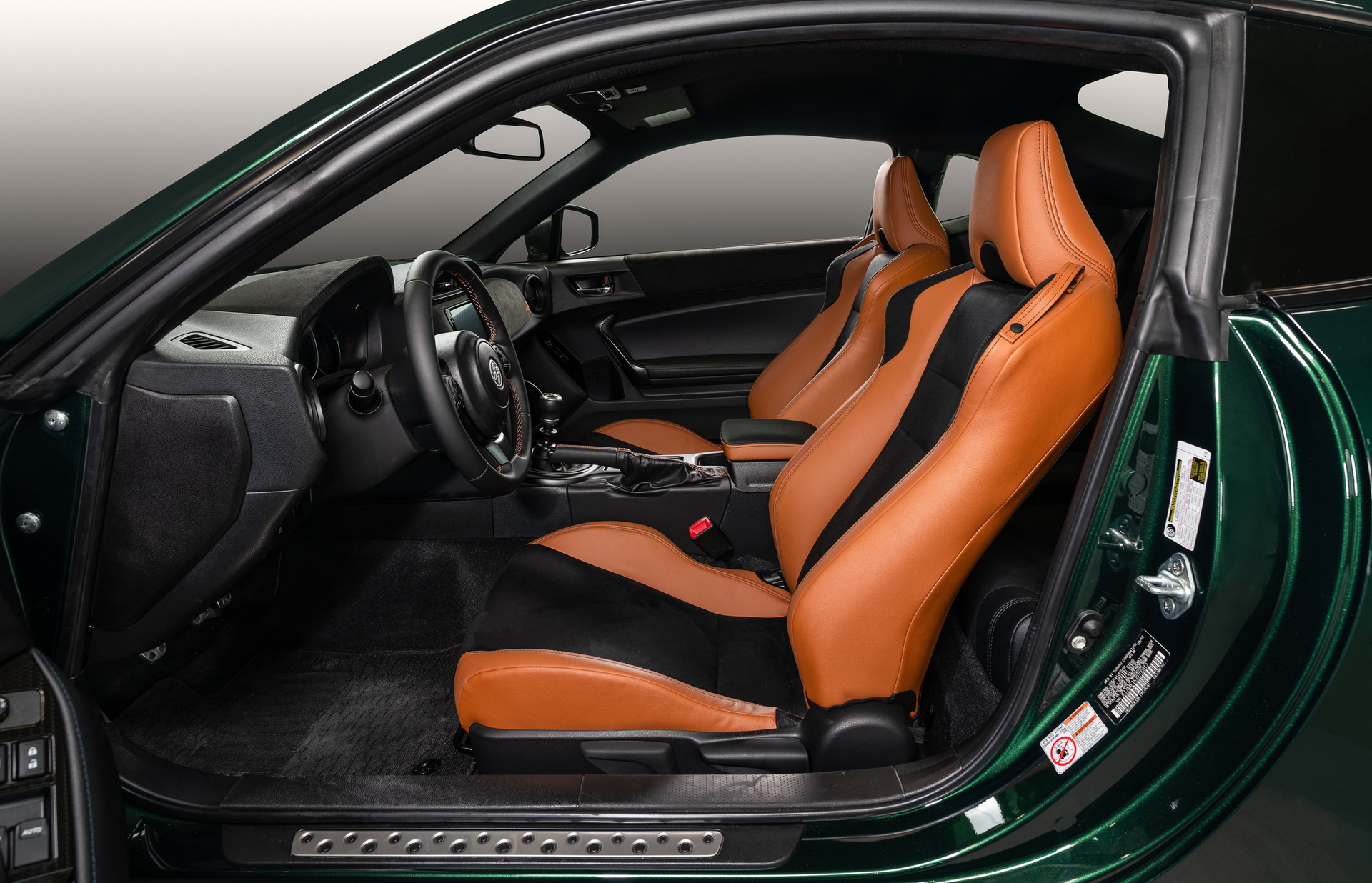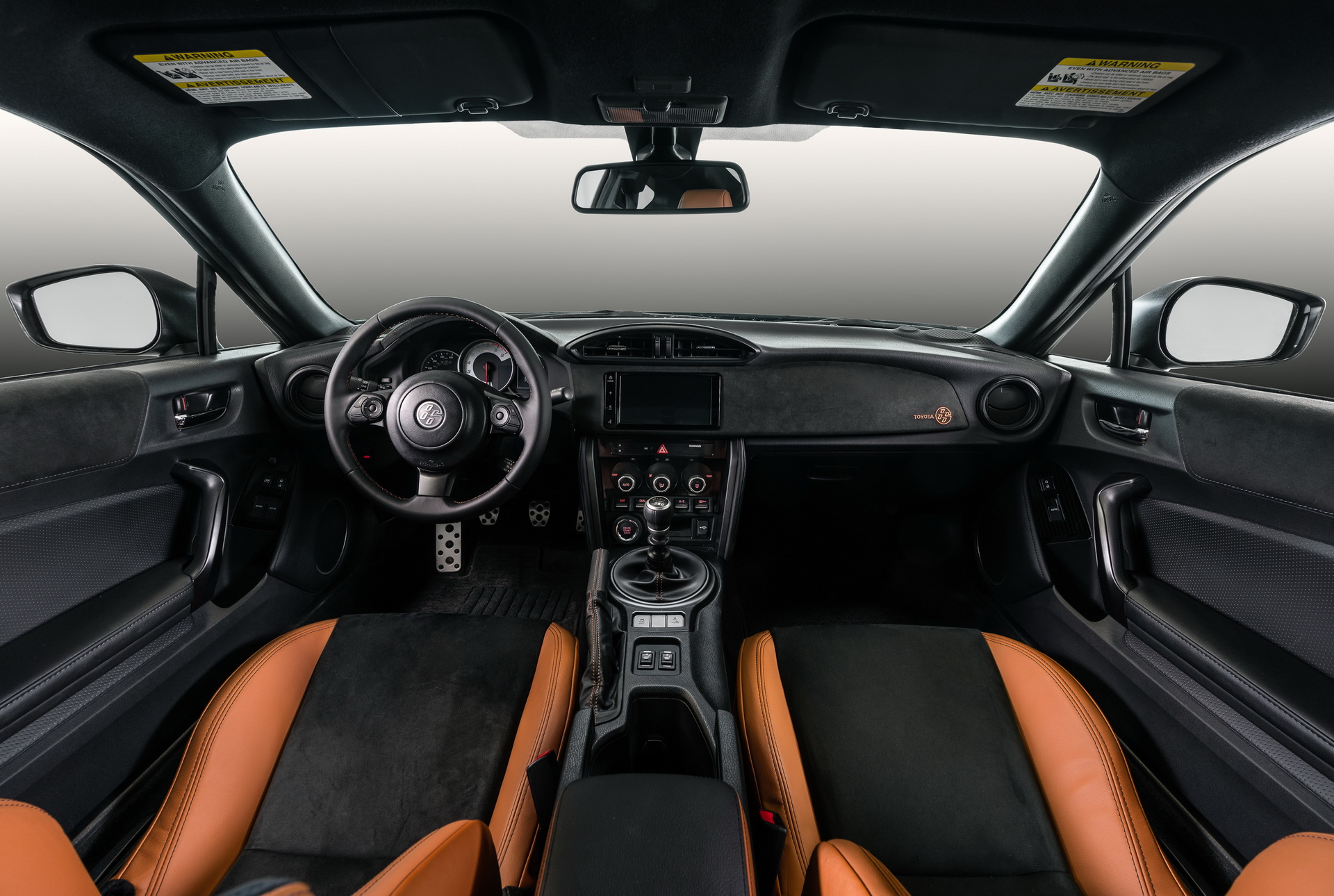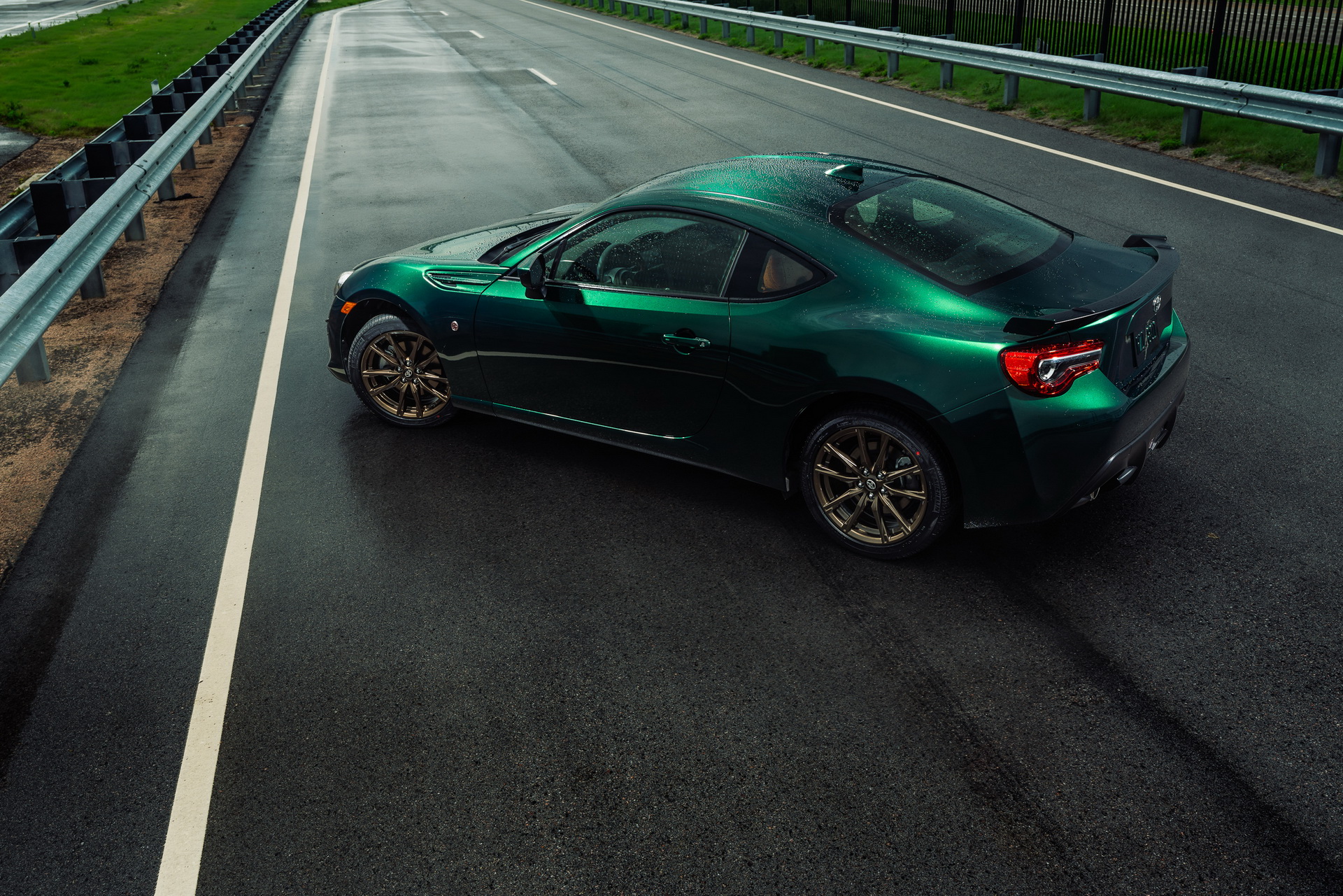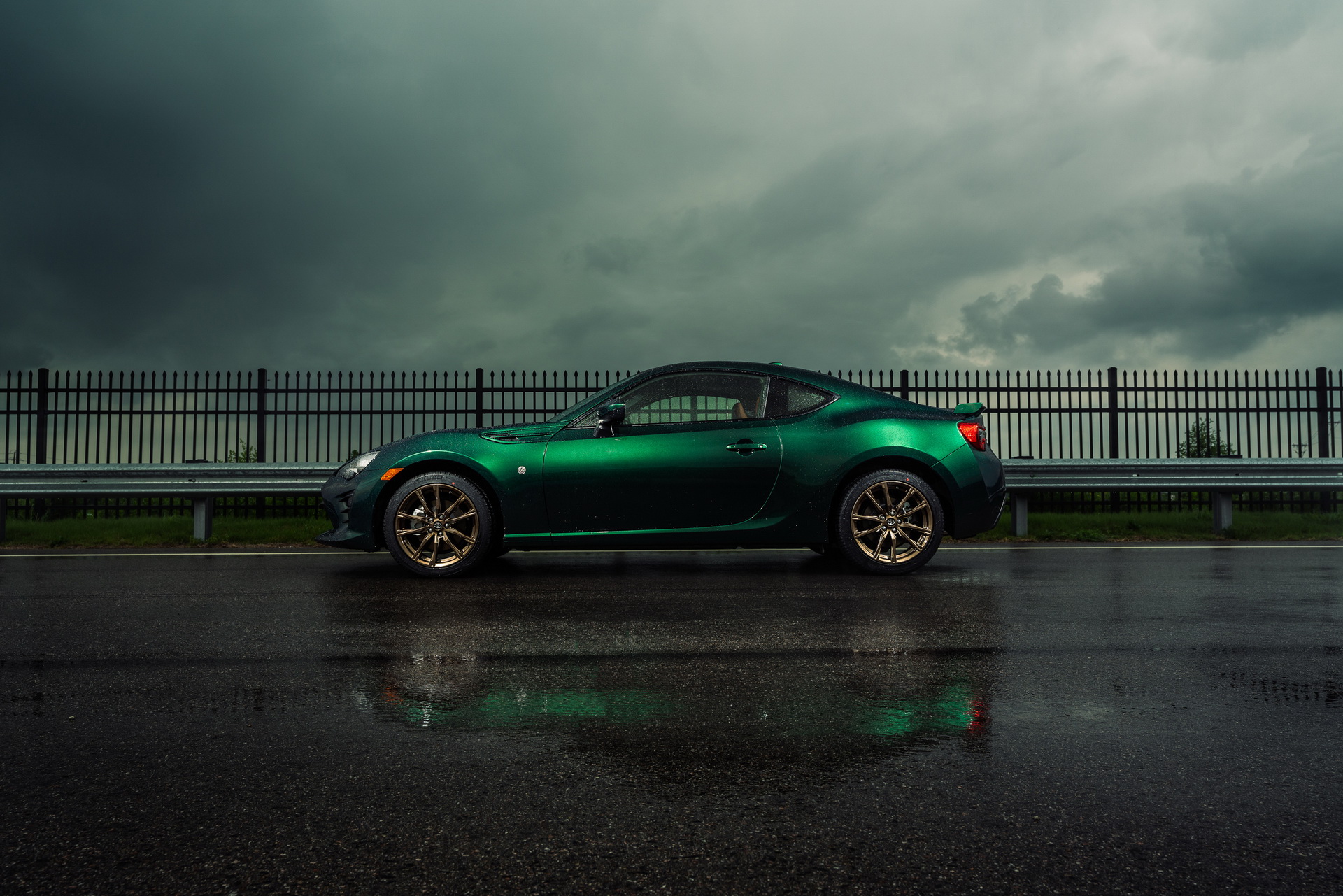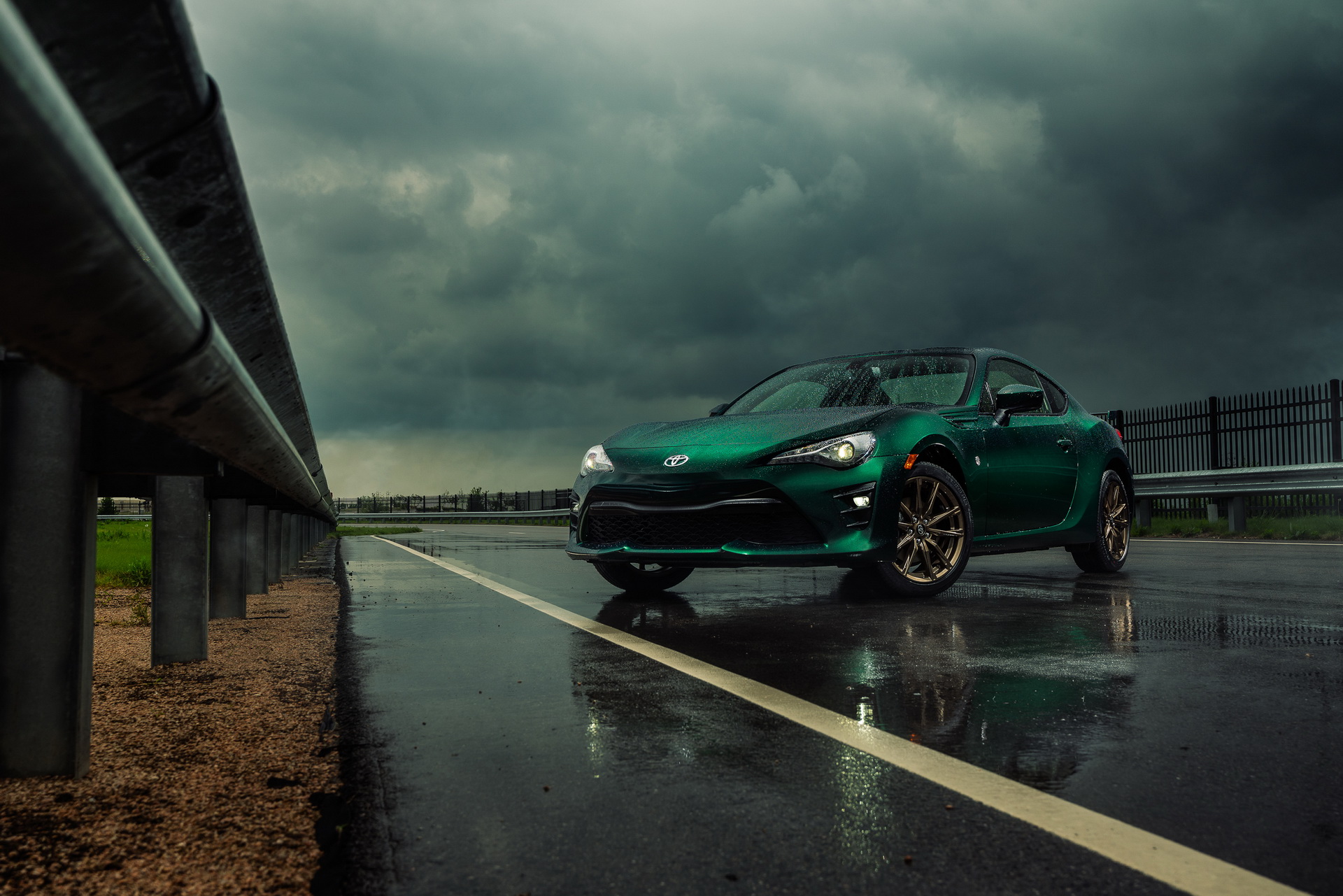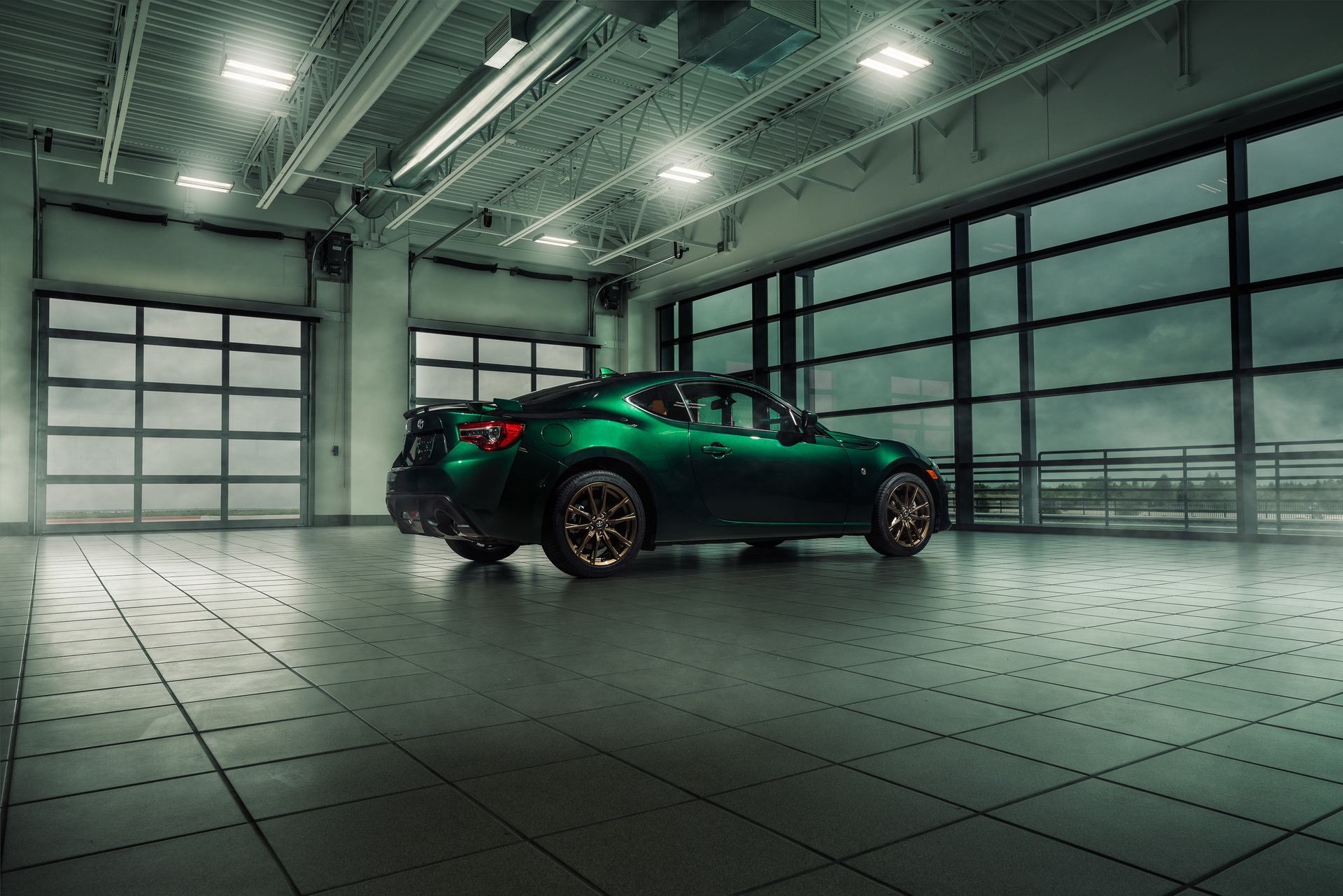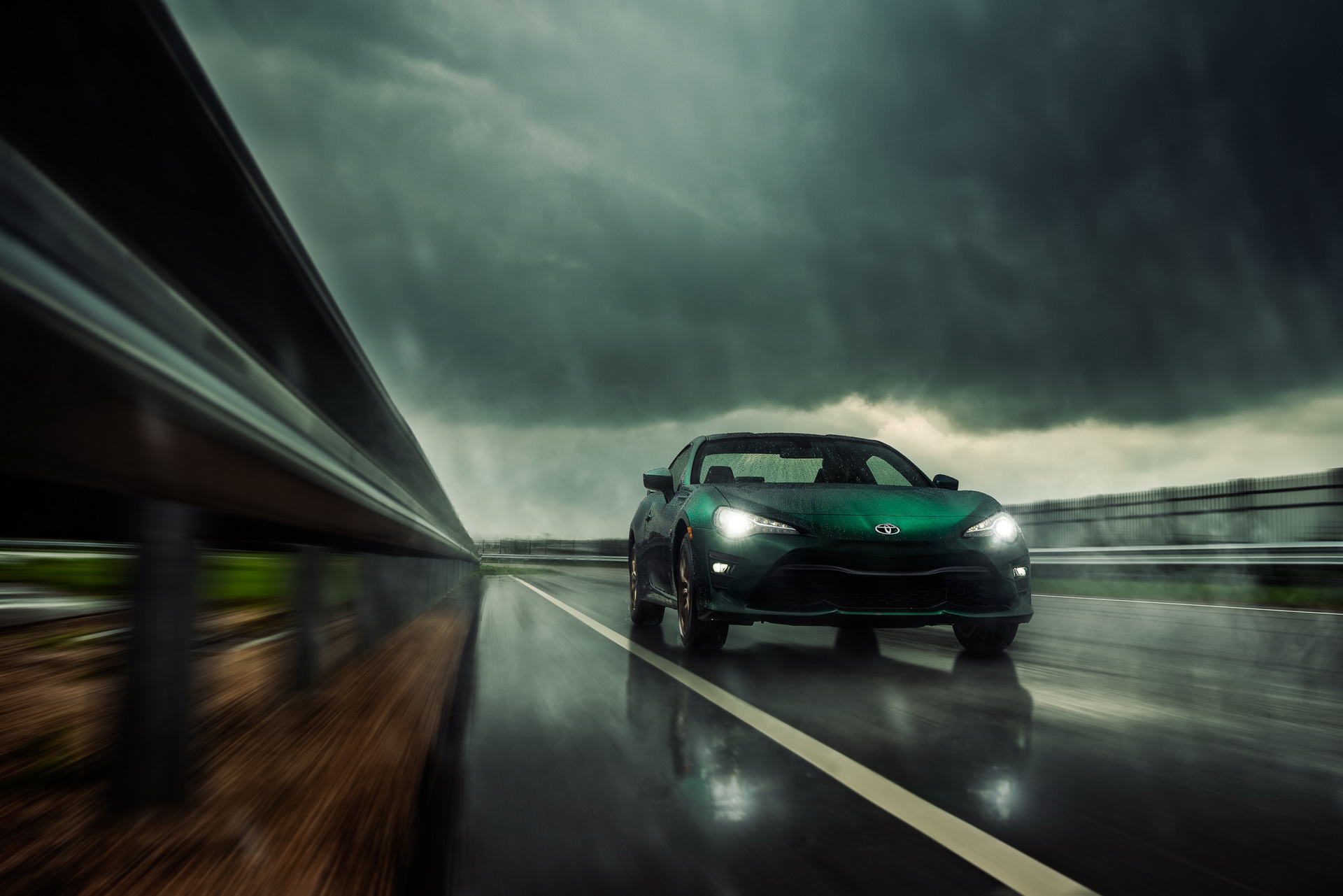The 2020 GR Supra is Toyota’s latest sports car, but it isn’t their only one as the 86 was launched seven years ago as the Scion FR-S.
Like the Supra, the 86 was created as part of a collaboration, but this one involved Subaru instead of BMW. The differences don’t end there as the 86 and BRZ are virtually indistinguishable from one another, unlike the Supra and Z4 which are more differentiated.
Also Read: Our First Review Of The New 2020 Toyota Supra
We recently took a spin in the 86, while checking out the all-new Supra, and it’s interesting to see how the passage of time has affected the model.
Still A Looker After All These Years
Even though the 86 is seven years old, it still looks pretty good. Part of this is due to a minor facelift in 2017 which saw the model adopt sportier bumpers, LED lighting units and a new name as the Scion brand was phased out.
The coupe also boasts a chrome-tipped dual exhaust system and 17-inch alloy wheels. Buyers will also find an integrated rear diffuser and a rear wing on GT variants.
Unfortunately, the 86’s age is readily apparent in cabin. The biggest offender is the 7-inch infotainment system which my co-driver described as something taken straight out of the Crutchfield catalog a decade ago. The system works well enough, but it feels ancient and looks like an aftermarket add-on.
The car’s age is visible elsewhere as the 86 has old school LED displays and mediocre plastics. Of course, these are minor issues and hardly surprising considering the model is almost eight years old.
On the bright side, the 86 has comfortable and supportive front seats with plenty of head and legroom. The model also has two rear seats and this is a boon as you don’t have to throw your gear in the trunk all the time. They can also be used for transporting the occasional passenger, but there’s only 29.9 inches (759 mm) of legroom and 35 inches (889 mm) of headroom in back.
Other highlights include a highly legible instrument cluster with an available 4.2-inch multi-information display. The model also has stylish suede-like accents, alloy pedals and an embroidered 86 logo on the dashboard.
The entry-level model comes nicely equipped with air conditioning, power windows / locks and a leather-wrapped steering wheel. Drivers will also find cruise control, a folding rear seat and an auto-dimming rearview mirror with an integrated backup camera display.
The 86 GT is more luxurious as it has heated front sport seats with leather bolsters and suede-like inserts. Other niceties include a dual-zone automatic climate control system, a push button ignition and silver contrast stitching.
Behind The Wheel Though, It’s A Solid Performer
Of course, sports cars are all about driving and that’s what the 86 does best. The steering on the car is phenomenal as it feels perfectly weighted and completely natural. In fact, I prefer the 86’s electric power steering system over the one used on the Supra. However, we only had a relatively short time with both models so that’s just an initial impression.
The handling is also impressive thanks to a standard limited-slip differential and a nearly perfect front to rear weight distribution. Speaking of the latter, the coupe is one of the lightest sports cars on the market as it tips the scales at 2,776 lbs (1,259 kg). This makes it 766 lbs (347 kg) lighter than the Ford Mustang EcoBoost.
The 86’s low weight also helps to make the 2.0-liter four-cylinder Boxer engine feel more powerful than it is. When paired to a six-speed manual, it develops 205 hp (153 kW / 208 PS) and 156 lb-ft (211 Nm) of torque. A six-speed automatic is also available, but it comes with a lower output of 200 hp (149 kW / 203 PS) and 151 lb-ft (204 Nm) of torque.
The manual is a good fit for the car and over 30% of 86 customers opt for the stick. It’s not hard to see why as the manual offers crisp and rewarding shifts.
The engine felt perfectly adequate on the twisty back roads of rural Virginia, but we certainly wouldn’t have minded if there was an extra 20-30 hp (15-22 kW / 20-30 PS) and a bit more torque. Don’t get us wrong, the performance is quite good, but it could be better.
The 2019 Toyota 86 is currently available and pricing starts at $26,655 – excluding a delivery, processing and handling fee of $930. The 2020 model will arrive later this year and it will be headlined by the new Hakone Edition. It features an exclusive green paint job, 17-inch bronze wheels and a two-tone leather and Alcantara interior.





